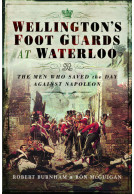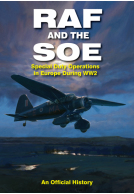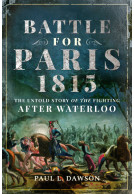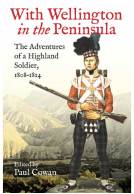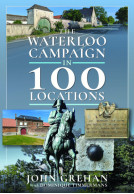SAS Zero Hour (Paperback)
The Secret Origins of the Special Air Service
National Publicity!
As featued by Mail Online: How the Special Air Service went from a name to fool the Italians in WWII to the world's best-known elite fighting force
(click here for international delivery rates)
Need a currency converter? Check XE.com for live rates
| Other formats available | Price |
|---|---|
| SAS Zero Hour ePub (7.6 MB) Add to Basket | £6.99 |
‘The most comprehensive and enlightening version of these seminal events yet.’
Sir Ranulph Fiennes
Britain’s elite Special Air Service Regiment, the SAS, is one of the most revered – and feared – special-ops units in the world. Its high-profile operations include the spectacular storming of the Iranian Embassy in London on 5 May 1980 and the hunt for Osama bin Laden in southern Afghanistan following 9/11. The regiment has become a byword for the highest possible standards in both conventional and unorthodox methods of warfare.
But where did it all begin? In this compelling book, Tim Jones tackles this fascinating question from a fresh perspective. It is commonly held that the regiment was the brainchild of just one man, David Stirling. While not dismissing Stirling’s considerable contribution to the regiment’s genesis, Jones’s insightful investigation identifies all of the major factors that played a part in shaping the SAS, including the role of such notables as Dudley Clarke, Archibald Wavell and Claude Auchinleck, among others.
Drawing extensively on primary sources, as well as reassessing the more recent regimental histories and memoirs, SAS Zero Hour is an illuminating and provocative account of how this renowned regiment came into being.
The origins and early exploits of the Special Air Service have been analysed many times, but surprisingly little attention has been paid to the numerous unorthodox units and concepts previously attempted by the British Army, all of which helped to inspire its ethos. These precede its foundation by 200 years in the case of Rogers Rangers, who attempted to emulate the hit and run tactics of the Native American tribes deep behind enemy lines; a form of warfare which Lawrence of Arabia expanded upon to considerable effect in the First World War. The book also looks at the Lovat Scots who were formed during the Boer War to provide the British with a reconnaissance force which could match their opponents superb mobility, marksmanship, and knowledge of the land. This idea inspired the thinking behind the Independent Companies, who were intended to act as a guerilla force during the Norwegian campaign, living off the land and making small scale raids against the enemy. With further chapters profiling the Commandos, Airborne Forces, the Special Boat Squadron, Layforce, and the Long Range Desert Group, it is only in the final quarter of the book when all of these pieces are assembled into David Stirling's concept for the SAS, with its formation and first operations being described.
Pegasus Archive
Read the full review here
He is said to have come up with one of the most famous armed forces regiments in history from a hospital bed before sneaking into military headquarters to make sure his plan was heard.
Mail Online
Many believe Sir David Stirling, known as the father of the SAS, was the man solely responsible for its creation.
But a new book has uncovered the 'secrets' around its origins and claims there were a number of other figures vital to the SAS's development, including an intelligence officer who originally came up with the name to try to trick the Italians into fighting a fake unit.
A worthwhile exploration of why the SAS was created.
The Armourer, May 2018
Based on primary sources, this is an outstanding account of the early days of the SAS. Today, the SAS is a premier special forces group, known around the world and the example of professional dedicated service to the highest standards – Much Recommended.
Firetrench
Read the complete review here.
Basis for author article as featured in
Best of British, October 2017









